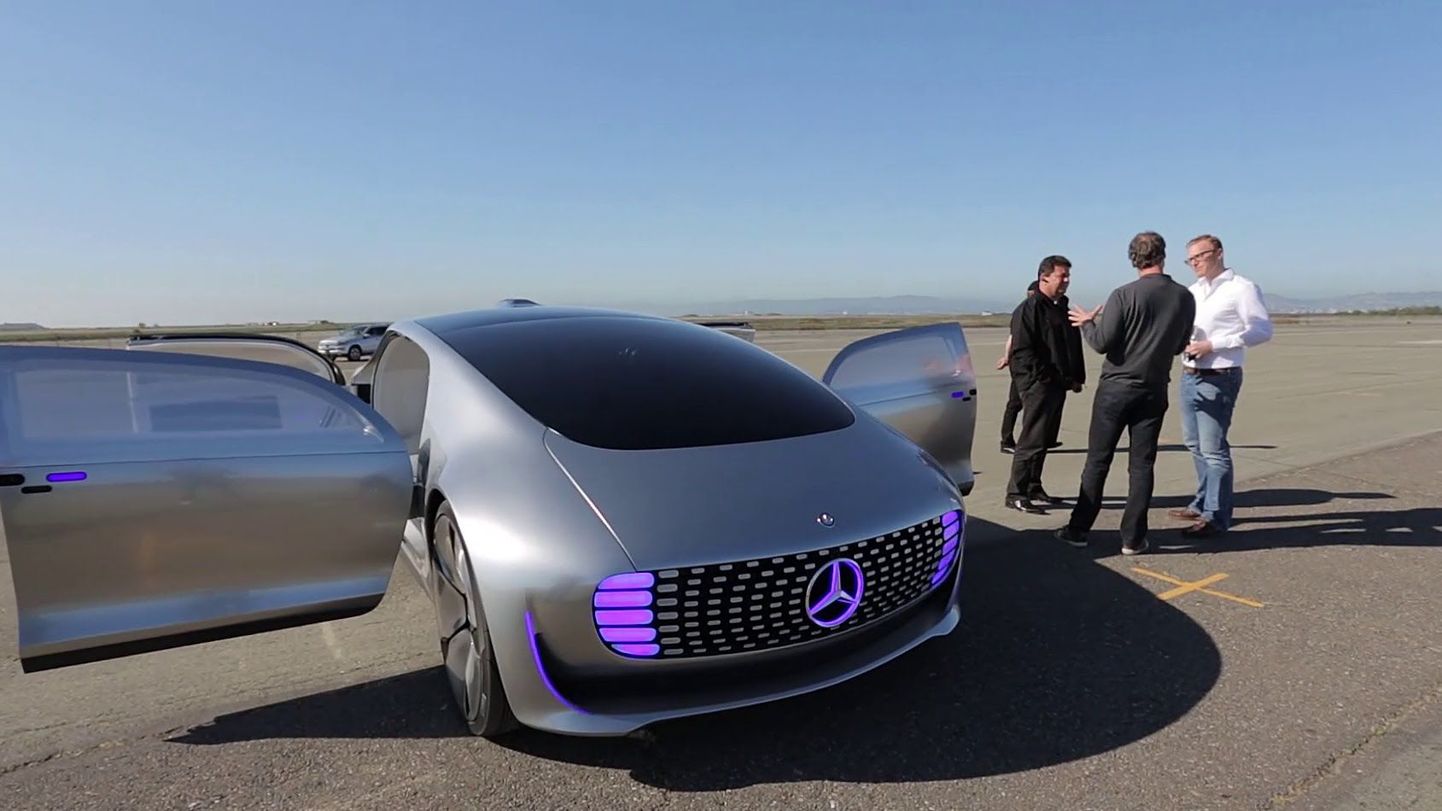
Finance minister Sven Sester (IRL) has handed the government a concept for company car tax, binning the much-hated «trip diaries» and making private use of weaker-than-average vehicles significantly cheaper.

Finance minister Sven Sester (IRL) has handed the government a concept for company car tax, binning the much-hated «trip diaries» and making private use of weaker-than-average vehicles significantly cheaper.
Sharp discontent in hearts of entrepreneurs has brought about an overhaul of cars taxation rules honed out under the leadership by then finance minister Jürgen Ligi (Reform). Should government approve of ideas by Mr Sester, in months ahead Riigikogu will be deliberating an amendment prescribing that company cars used for private trips will be taxed not according to how much the vehicle cost but by how mighty is its engine.
«The more powerful a car, the more expensive the car,» substantiated Mr Sester. «Taxation system for company cars must be such that for employee there must be no financial difference if the benefit is granted as cash or as car.»
According to finance ministry calculations, average power of Estonian cars is 114 kW, the fringe benefit of which would be €223.4 and in the future that would be taxed by €148 a month. Pursuant to the current reckoning, fringe benefit is €256 and tax stands at €169.6 a month.
Also, the ministry is suggesting oldness coefficient for vehicles five years of age and beyond, which would be 0.75.
The financial ministerial plan would harvest the state €19.9m a year from fringe benefits which would be €5.1m less than what they pocket now.
«By cutting the tax we wish to improve tax behaviour of the people,» added Mr Sester.
The value added tax returns filed to Tax Board feature 66,000 cars, of which 44, 000 are in mixed use. (Compared to motor third party liability insurance data, nearly 10,000 have somehow vanished.) All in all, last year this yielded €17m of value added tax.
Meanwhile, only 6,800 companies declare fringe benefits, from which €25m is collected according to finance ministry.
Last December, limitations were set to VAT deductions from company cars. Entrepreneurs were ordered to enter all rides into «trip diaries». If that was not obeyed, fringe benefits were to be paid from full sum. If private trips were made with a car purchased input value added tax deduction was limited to 50 percent no matter the volume of private trips.
Intended use must be insured and controllable by taxman, including issues like where the vehicle is parked during working hours.
-------------------------
COMMENT
We are thinking in the same direction
Mait Palts, director-general at Chamber of Commerce and Industry
The main change will be waiving the trip diaries, which will substantially diminish administrative load on entrepreneurs.
Let’s hope the kilowatt-based reckoning will make car taxation clearer for all. It does seem to make sense if taxation tweaked according to average power makes tax load lighter for the user of an average car.
With the current deliberation, main thin that the thinking on the finance ministry and of the entrepreneurs has moved in the same direction.